Paris, the City of Light, is a center of international tourism, rich in historical monuments, museums, art and culture. For an authentic Paris travel experience, it’s best to discover the city as a Parisian. This means exploring residential neighborhoods, frequenting the locals’ favorite Parisian restaurants and using public transport, just as a resident of the city would. Parisians have an intimate knowledge of their city, knowing where to find the best croissants, the most beautiful parks and the least-visited museums. For them, Paris is more than a tourist destination: it’s their home, their playground, their source of inspiration.
The best way to discover Paris as a Parisian is to walk. Parisians love to stroll the streets of their city, discovering new places, admiring historic monuments and architecture, stopping off at a café for a coffee or a glass of wine. It’s a unique experience, an immersion in Parisian life, an opportunity to see the city from a different angle.
Parisians’ must-see sites are not necessarily the same as tourists’. Parisians prefer less crowded places, small museums and local parks. For example, the Musée Rodin, housed in a private mansion in the 7th arrondissement, is a favorite with Parisians. It houses an impressive collection of Rodin sculptures, as well as a magnificent garden.
Another must-see for Parisians is the Canal Saint-Martin. This picturesque canal is a place of relaxation and recreation for local residents. They enjoy strolling along the canal, picnicking on its banks, or simply sitting back and watching the boats go by. The Canal Saint-Martin is also lined with boutiques and cafés, making it a popular meeting place.
Parisians also like to visit the Cité de la Musique, a cultural complex in the 19th arrondissement. It includes a concert hall, music museum, library and music school. It’s a favorite spot for music lovers and a meeting place for musicians.
To avoid the tourist areas in Paris, it’s best to get off the beaten track. This means avoiding the big monuments and crowded museums, preferring residential areas, small streets and local markets. For example, the Belleville district, in the 20th arrondissement is a favorite spot for Parisians. It offers an authentic atmosphere, with local stores, ethnic restaurants, street markets and parks.
Another way to avoid the tourist areas is to visit Paris out of season. In winter, the city is less crowded with tourists, allowing you to explore its sites and neighborhoods in peace and quiet. What’s more, many museums and monuments offer reduced rates out of season.
Finally, to avoid tourist areas, you need to be flexible. Parisians know that the best way to discover their city is to wander aimlessly, to be surprised by unexpected discoveries, to stop off at a café or store that catches their eye. It’s this spontaneity, this openness to the unexpected, that makes the Parisian experience so rich.
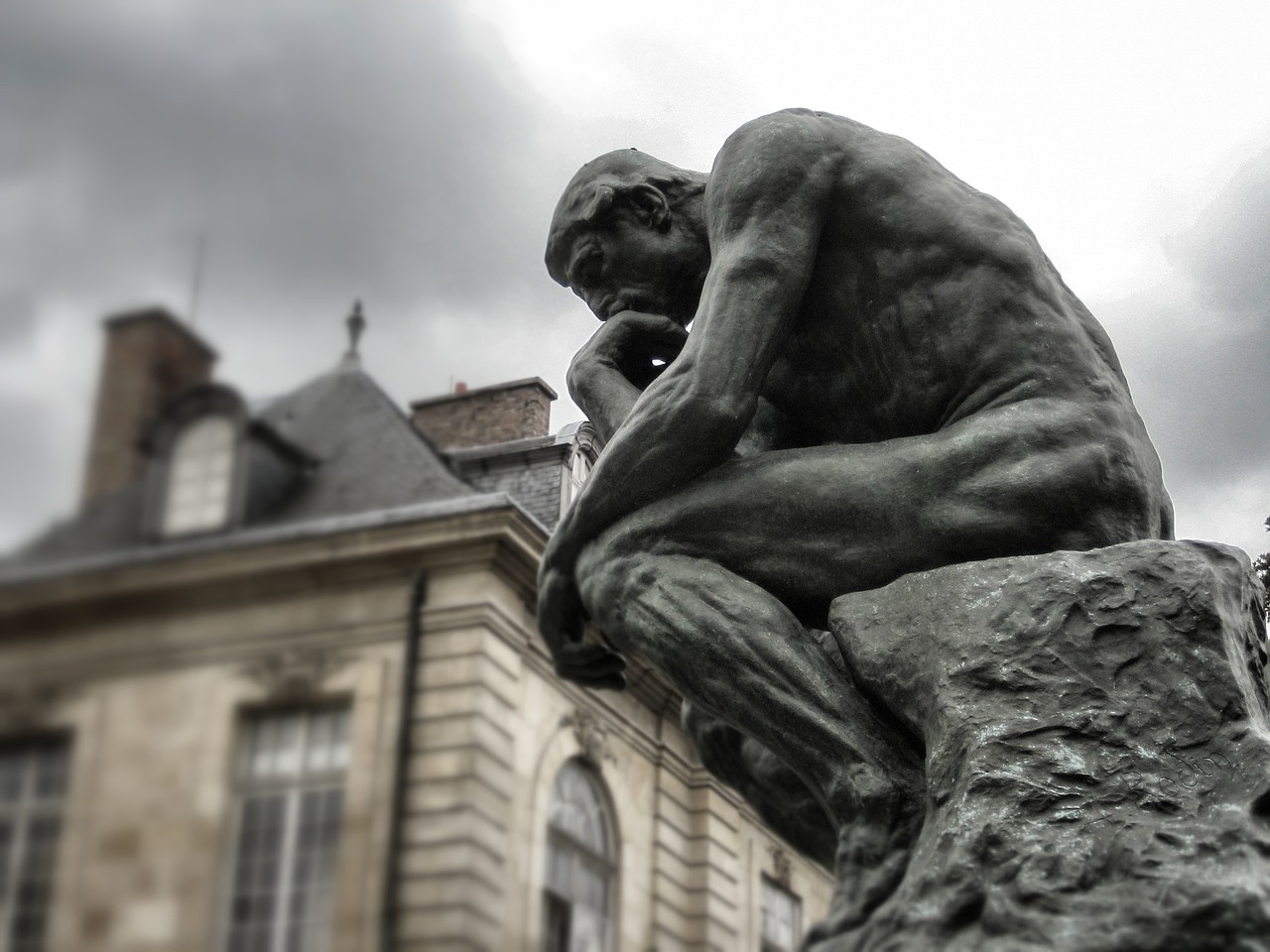
Paris is a top tourist destination all year round. Spring, from March to June, is often considered the ideal time for a trip to Paris. Temperatures are mild, gardens are in bloom and Parisian restaurant terraces are bustling with activity. What’s more, the number of tourists is relatively low, so you can take full advantage of the historic monuments and museums without too many crowds.
Summer, from July to September, is also a good time for a trip to Paris, despite the sometimes high temperatures. The streets are lively, the parks are open late and many cultural events take place. However, many Parisians leave the city for the vacations, which can give the impression of an empty city. It’s also the ideal season to visit the Eiffel Tower, one of the city’s most emblematic historical monuments.
Autumn, from September to November, is another great time to visit Paris. The leaves of the trees change color, creating a picturesque landscape. Many film and art festivals were also held at this time. Finally, winter, from December to February, offers a unique atmosphere. Streets are lit up for the festive season, ice rinks are open and Christmas markets are set up.
Getting around Paris like a local requires a certain knowledge of the different modes of public transport available. The metro is the fastest and most convenient way to get around the city. With 16 lines and over 300 stations, it serves most of Paris. Tickets can be purchased individually or in booklets of ten, and daily, weekly and monthly passes are also available.
In addition to the metro, buses are another popular means of public transport in Paris. They offer a more picturesque alternative to the metro, allowing you to explore the city on the move. Bus tickets are the same as for the metro, and bus timetables are usually posted at the stops.
For those who prefer to get around on foot, Paris is a very pedestrian city. Many neighborhoods, such as the Marais and Saint-Germain-des-Prés, are best explored on foot. Finally, for longer trips, cabs and VTC services are available, although more expensive than public transport.
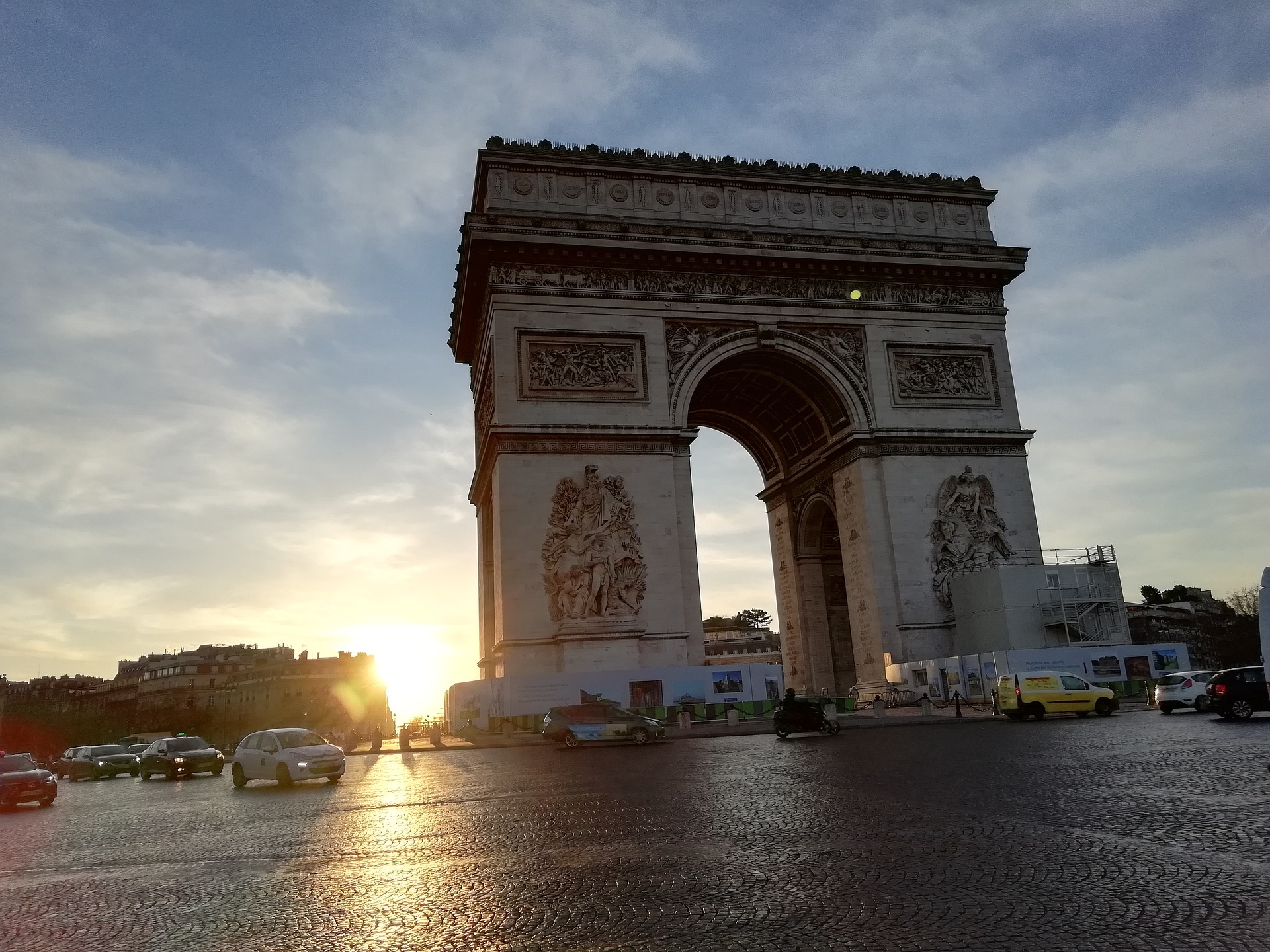
Paris is famous for its many historic monuments, which attract millions of visitors every year. The Eiffel Tower, symbol of the city, is a must-see. Built for the 1889 World’s Fair, the three-storey building offers a breathtaking view of the city. At night, its sparkling illumination is a sight not to be missed.
Not far away, the Arc de Triomphe, commissioned by Napoleon after his victory at Austerlitz, sits atop the Champs-Élysées. It also offers panoramic views of the city. Further on, Notre-Dame Cathedral, a masterpiece of Gothic architecture, is another of Paris’s landmarks. Despite the fire in 2019, it remains a symbol of French history and culture.
Last but not least, the Sacré-Coeur, located on the Montmartre hilltop, offers a panoramic view of Paris. Its Romanesque-Byzantine architecture and richly decorated interior make it a must-see. What’s more, the Montmartre district, with its cobbled streets and street artists, offers a unique atmosphere.
The Musée du Louvre is one of the most famous and visited museums in the world. Located in the heart of Paris, it houses an impressive collection of works of art and antiquities, from the Venus de Milo to the Mona Lisa. But the Louvre is more than just a museum.
The Louvre is also a historic monument in its own right. A former royal residence, it was transformed into a museum at the end of the 18th century. Its architecture, with the famous Glass Pyramid at its center, is a spectacle in itself. The Louvre also hosts temporary exhibitions, art workshops and conferences, making it a dynamic cultural center.
The Louvre also plays an important role in promoting art and culture. It organizes art education programs for children and adults, and participates in art conservation and restoration initiatives. So the Louvre is more than just a museum: it’s a place for discovering, learning and enjoying art.
The Eiffel Tower, one of the most visited open-air museums in the world, is a landmark in Paris tourism. It has become an emblematic symbol of France and the city of Paris, attracting millions of tourists every year. On a trip to Paris, a visit to the Eiffel Tower is a must if you want to appreciate French art and culture.
The Eiffel Tower is also famous for its impressive 330-meter height, offering panoramic views of Parisian restaurants, hotels and public transport. What’s more, it is often illuminated in different colors to mark special occasions or international events, contributing to its status as an iconic monument.
Last but not least, the Eiffel Tower is a favorite destination for tourists from all over the world. Its observation platform offers a breathtaking panoramic view of Paris, and its constant presence in popular culture has reinforced its status as a symbol of France. Whether in films, books or memorabilia, the Eiffel Tower is an undeniable symbol of Paris and France.
The Arc de Triomphe, at the western end of the Champs-Élysées, is another historic monument that attracts many tourists to Paris. Commissioned by Napoleon after his victory at Austerlitz in 1805, the Arc de Triomphe was designed to honor the French armies. It’s a powerful symbol of French art and culture.
The Arc de Triomphe is often seen as a symbol of French military glory, with its detailed reliefs depicting battle scenes and the names of numerous French generals engraved on its surfaces. However, it has also been the scene of many conflicting events, notably during the revolutions of 1848 and 1871, and more recently during the Gilets Jaunes protests.
Despite these controversies, the Arc de Triomphe remains a major landmark and tourist attraction in Paris. Its strategic location at the western end of the Champs-Élysées, its imposing architecture and its panoramic view of the city make it a must-see for visitors.
The Conciergerie, located on the Île de la Cité, is one of Paris’s oldest and most important historical monuments. A former royal palace, it was converted into a prison during the French Revolution. This is where many prisoners, including Queen Marie Antoinette, were held before being executed on the guillotine.
The Conciergerie is an important witness to the period of Terror during the French Revolution. Thousands of people have been tried and executed on often unfounded charges. Prison cells, courtrooms and other historic spaces offer a fascinating glimpse into this tumultuous era.
The Conciergerie is also a remarkable example of Gothic architecture, with its vaulted rooms and medieval towers. Today, it’s a museum offering visitors an overview of French history, from royalty to the Revolution.
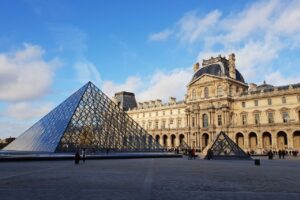
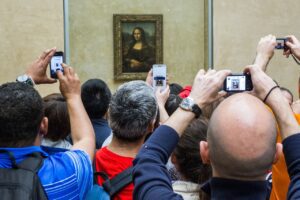
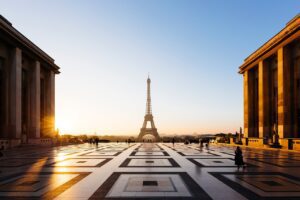
Paris, the City of Light, is a prime destination for family tourism. The French capital offers a multitude of activities to suit all ages, from museums and theme parks to historic monuments such as the Eiffel Tower. The options are many and varied, catering to all tastes and interests. Art and culture lovers can choose from a variety of museums and historic sites, while nature lovers can explore the city’s many parks and gardens. Public transport in Paris makes it easy to get between these various attractions, making your journey even more enjoyable.
Located in the 16th arrondissement of Paris, the Jardin d’Acclimatation is an ideal place for a family outing during your stay in Paris. This theme park offers a multitude of activities for children and adults, from rides to educational workshops and shows. It’s a true haven of peace in the heart of the capital, with its vast green spaces, water features and shady walkways. After a day’s sightseeing exploring the city’s historic monuments and museums, the Jardin d’Acclimatation offers a restful place to relax and recharge your batteries. What’s more, it houses a small educational farm where children can discover different species of animals, adding an educational dimension to their visit to Paris.
A cruise on the Seine is a must on any family trip to Paris. It offers a unique perspective on the city and its emblematic monuments, such as the Eiffel Tower. The Louvre, Notre-Dame de Paris, the Musée d’Orsay, the Grand Palais… all these prestigious sites can be admired from the Seine. Cruises on the Seine are offered throughout the day, and even in the evening, allowing you to discover Paris from a different angle, away from the hustle and bustle of the streets. Audio commentaries, available in several languages, provide interesting insights into the city’s history and architecture. Finally, some companies offer theme cruises or dinner cruises, adding a gastronomic dimension to the experience with the chance to sample dishes typical of Parisian restaurants while admiring the view.
Choose a dinner cruise on the Seine aboard Le Diamant Bleu.
The Jardin des Plantes, a veritable jewel in the crown of Parisian heritage, is a must-see when visiting Paris. This botanical garden, rich in biodiversity, is a veritable treasure trove of greenery in the heart of the city. With its botanical collections comprising over 10,000 species of plants, it’s an ideal place for nature and botany enthusiasts.
The Jardin des Plantes is also a renowned scientific research center, home to the Muséum national d’Histoire naturelle. The museum’s collections, rich in millions of specimens, are an invaluable source of knowledge for researchers from all over the world. The Jardin des Plantes is a place for environmental education and awareness-raising, offering educational workshops, conferences and temporary exhibitions.
Finally, the Jardin des Plantes is a place for relaxation and leisure. Shady paths, lush green lawns and benches invite you to stroll and contemplate. The menagerie, home to over 180 species of animals, the iris and rose garden, and the alpine garden are all places to discover during your visit to Paris.
The Cité des Sciences et de l’Industrie, located in the heart of the Parc de la Villette in Paris, is Europe’s largest scientific and technical center. With its 30,000 m² of exhibits, it offers a fascinating insight into the world of science. Visitors can discover the secrets of the universe, the mysteries of life, environmental issues, the challenges of technology and many other fascinating subjects.
The Cité des Sciences is also a place of learning and discovery for the very young. It houses the Cité des Enfants, a space dedicated to 2-7 year-olds and 5-12 year-olds, where they can experiment, manipulate and play to understand the world around them. Educational workshops are also available for school groups and leisure centers.
The Cité des Sciences is also a place to meet and debate scientific and social issues. It regularly organizes conferences, debates, meetings with researchers, scientific film screenings and live performances. It also houses a science and industry library, a media library and several catering facilities.
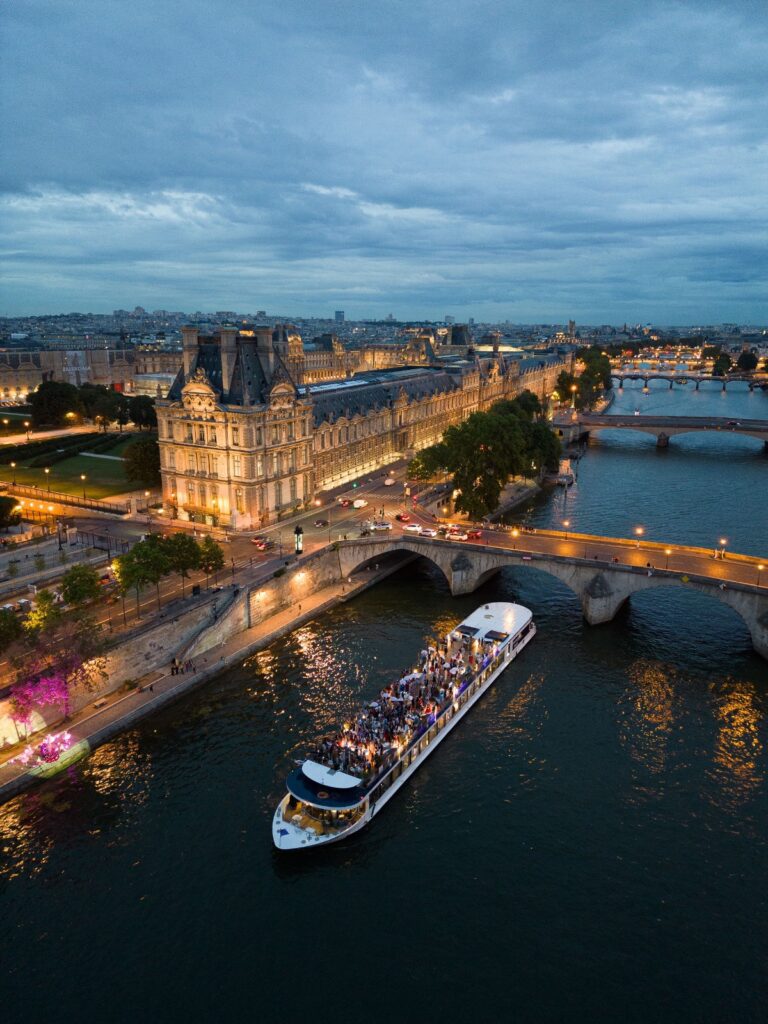
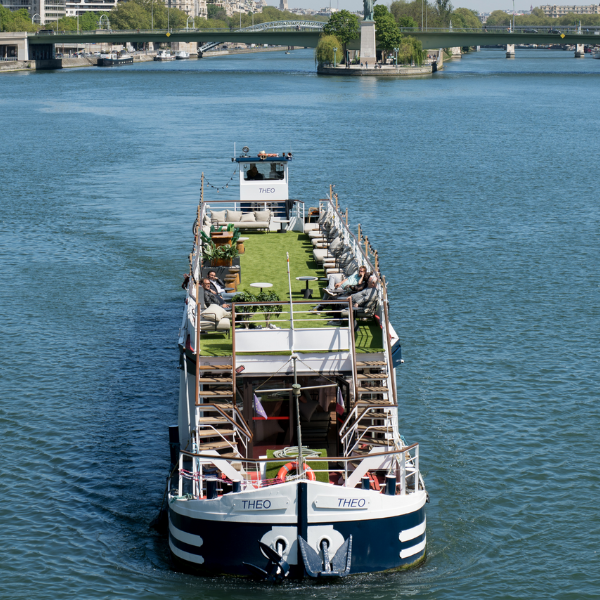
Paris is a destination of choice for lovers of art, culture, gastronomy and shopping. To make the most of your stay, here are a few practical tips. First of all, use public transport to get around. The Paris metro network is dense and serves the whole city. Don’t forget to buy a pass Navigo or a book of tickets to make getting around easier and avoid queuing.
To discover the cultural richness of Paris, plan to visit major museums such as the Louvre, Musée d’Orsay and Centre Pompidou, as well as numerous historic monuments such as the Eiffel Tower, Notre-Dame de Paris and Sacré-Coeur. Avoid the queues. Don’t forget to book your tickets in advance to avoid long queues.
Gastronomy is another of the capital’s must-sees. Whether you’re a fan of haute cuisine or street food, you’ll find what you’re looking for in Paris. Don’t hesitate to get off the beaten track and discover the city’s many ethnic restaurants.
Finally, when it comes to accommodation, Paris offers a multitude of options, from luxury hotels to youth hostels and rental apartments. Choose your accommodation according to your budget, your needs and the proximity of the sites you wish to visit.
Choosing accommodation for a family break in Paris can be a real headache. The French capital offers a multitude of options to suit all budgets and tastes. For families, rental apartments can be an ideal solution. They offer the space and comfort needed to feel at home, and allow you to prepare your own meals, which can be a considerable advantage with children.
Family hotels are another interesting option. Many establishments offer family rooms, with extra beds or cots. Some hotels also offer special services for families, such as children’s menus in the restaurant, games and activities for younger guests.
If you prefer more unusual accommodation, why not opt for a barge or a bed and breakfast? These options allow you to discover Paris from a different angle and enjoy a unique experience.
Finally, for families on a tighter budget, youth hostels and campsites located on the outskirts of the city can be a good solution. They offer affordable accommodation and often have activities for children.
Paris, the heart of French tourism, offers a wealth of historic monuments and cultural sites. For a three-day trip, the itinerary could start with the Eiffel Tower, Paris’ most emblematic monument. After exploring this architectural masterpiece, head to the Trocadero for a panoramic view of the Eiffel Tower. Continue your journey along the Champs-Élysées to the Arc de Triomphe, another important historic monument.
On the second day, immerse yourself in the art and culture of Paris. Start with the Louvre, one of the world’s greatest museums, home to thousands of works of art, including the Mona Lisa. In the afternoon, explore the Marais district, famous for its mansions and cobblestone streets. End your day with a cruise on the Seine, offering a unique perspective on the city’s monuments.
On the third day, visit Notre-Dame Cathedral and the Latin Quarter. Then explore the Musée d’Orsay and the Centre Pompidou for a deeper immersion in Parisian art and culture. Finish your trip to Paris with a visit to Montmartre to admire the Sacré-Coeur and the view over Paris.
Paris has an efficient public transport network that makes it easy to get around the city. The metro is the most popular option, with 16 lines serving the city and its suburbs. It’s fast, efficient and works from 5.30 am to 1.15 am.
Buses are another public transport option, especially for those who prefer to enjoy the view while on the move. More than 60 bus lines cross Paris, providing extensive coverage of the city. Streetcars, meanwhile, are a comfortable option for getting around certain parts of the city.
Cabs and self-service bicycles are also available, although these options can be more expensive. Finally, for the more adventurous, walking is a great way to discover the city at your own pace.
To make the most of your trip to Paris, it’s essential to have a good tourist guide. The “Paris Pratique” guide is a must-have for all visitors. It offers a detailed map of the city, information on public transport and practical tips for getting around.
The “Le Routard” guide is also an excellent choice. It offers a selection of Parisian restaurants, hotels and tourist sites, as well as money-saving tips. For art and culture lovers, the “Paris Musées” guide is a must. It provides detailed information on all the museums in Paris, including collections, opening hours and prices.
For those wishing to discover Paris off the beaten track, the “Paris Secret” guide is an excellent choice. It reveals little-known places, anecdotes and curiosities that will allow you to discover Paris from a different angle.
Finally, book a dinner cruise on our barge, Le Diamant Bleu, for a tour of Paris by Night !